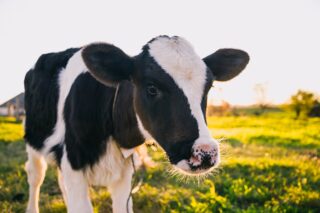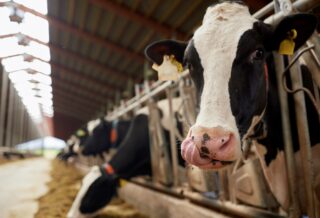Early-life
lung disease
affecting future production
Due to the costs of treatment, mortality, and the long-term negative effects on performance, diseases in the early life of a calf have a major impact on farm economics. Bovine respiratory diseases, together with diarrhea, are the most prevalent disorders in calves. To create a solid basis for a strong heifer, early disease detection is important.

Early-life impacts later production
We want healthy calves that grow up without problems. Respiratory diseases in the preweaning period are not only associated with an increased risk of mortality and decreased daily growth but also increases the age at first calving and reduces first-lactation milk production (Dunn, et al. 2018).
Get a grip on respiratory problems
Calves with any type of lung disease can show several clinical symptoms, such as fever, coughing, snot, accelerated breathing, lethargy, and reduced growth. However, evidence is showing there is already damage before a calf shows clinical signs. Direct damage to the lungs by pathogens, or indirectly by the subsequent immune response, can cause lung lesions. Evidence indicates that these lesions have negative effects on future performance. Hence, it is important to get a grip on respiratory diseases by detecting them as early as possible and thus prevent chronic problems.

Raise strong heifers
Raising calves for replacement represents a significant part of total farm costs. However, optimal reproductive performance of replacement heifers—together with first lactation milk production—can help balance these costs. To achieve this, serious attention is required so that healthy calves become strong heifers. Identification can be difficult because of inconsistent or absent clinical signs but every effort pays off. Since heifers with severe lung tissue lesions—incurred during early life—can have a higher risk of being removed from the herd, early detection of respiratory diseases can help ensure a healthy and productive future herd. The lung health of calves should receive a high level of attention as the healthier the start, the more efficient and faster a calf will grow into a productive adult cow.